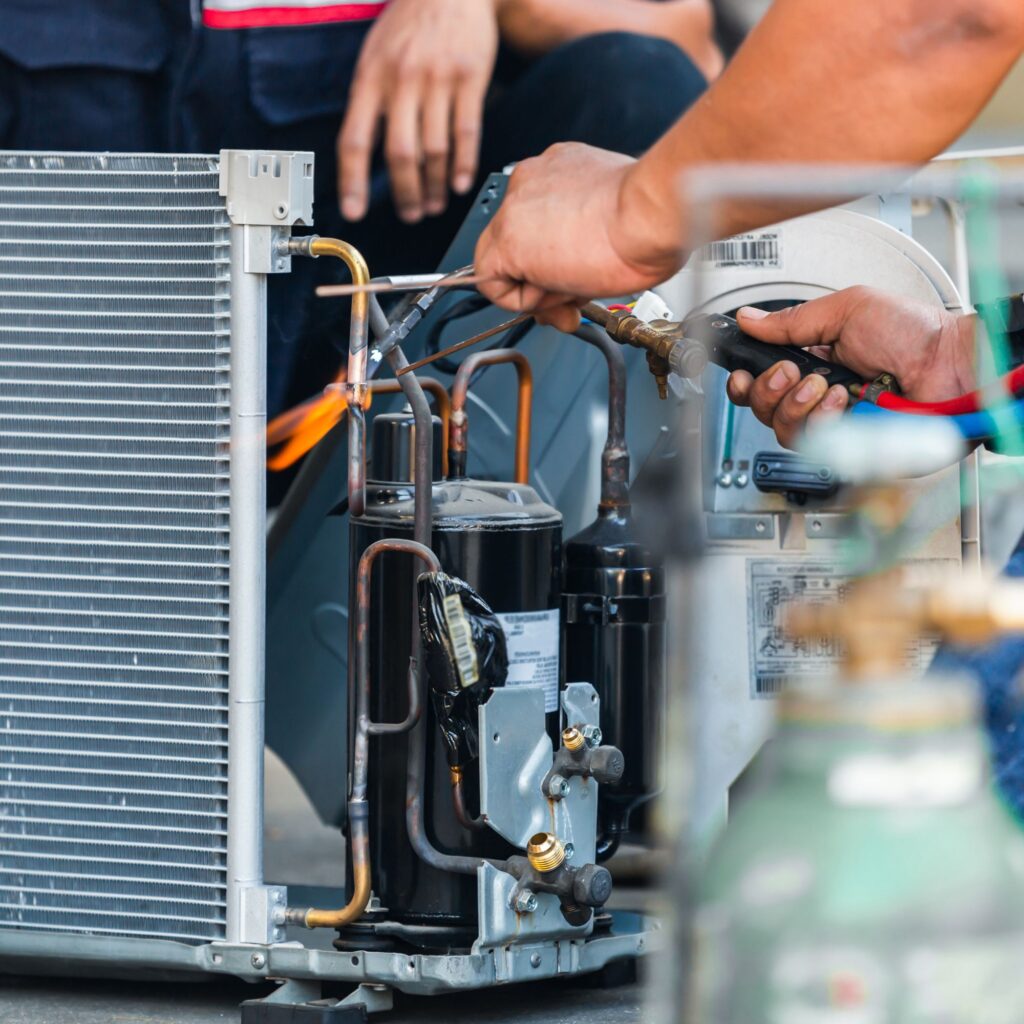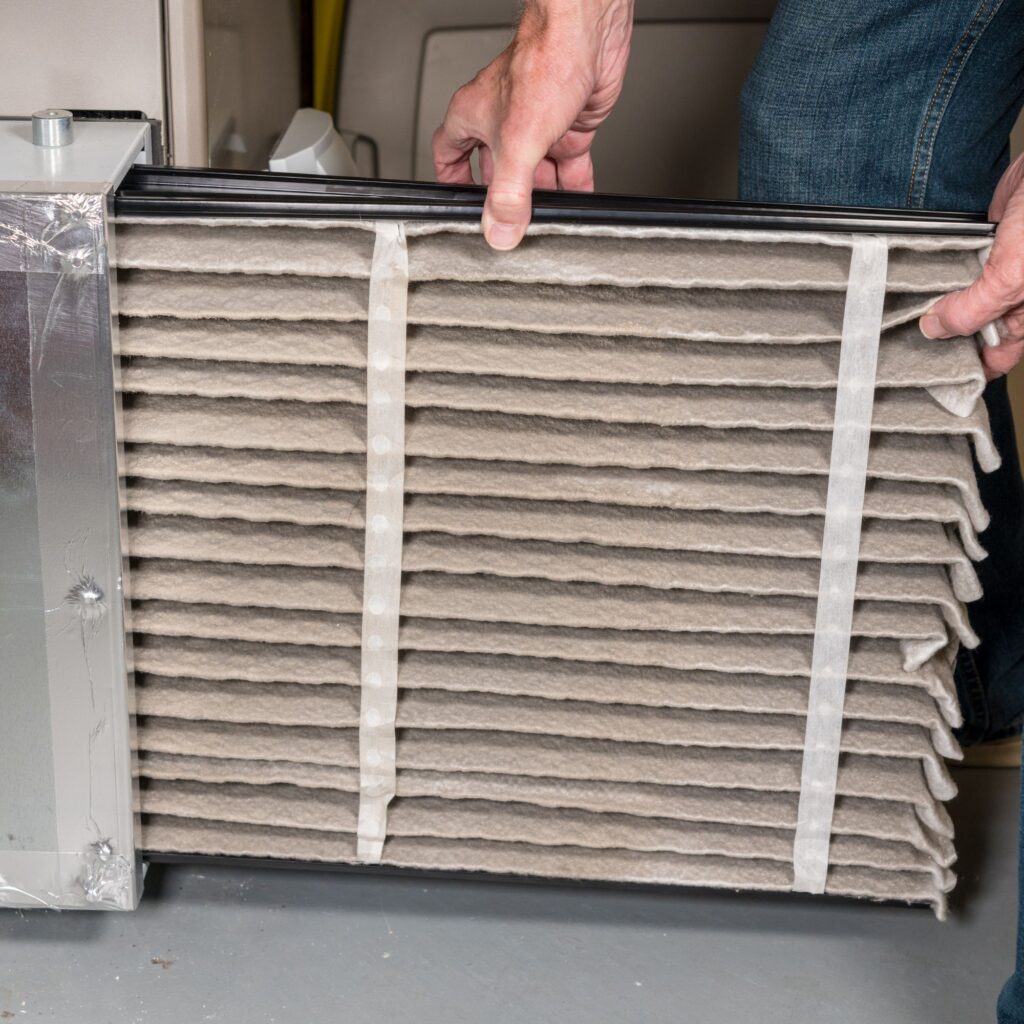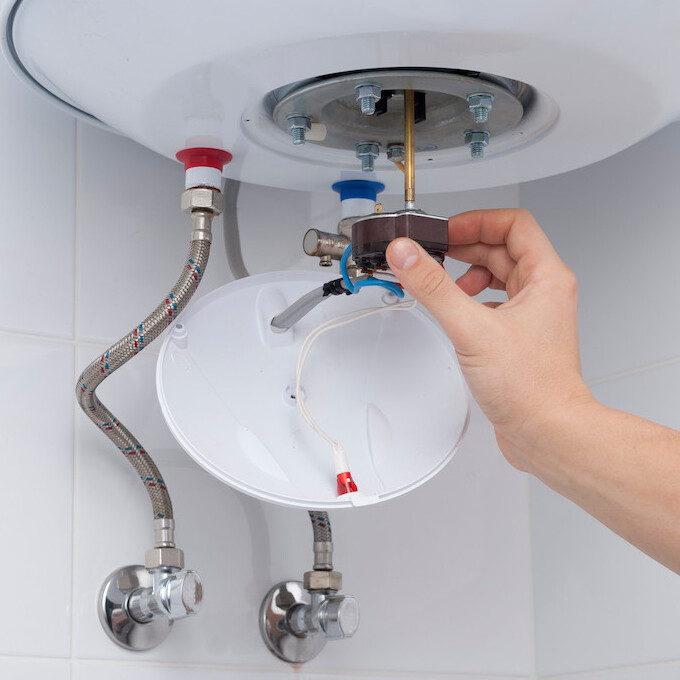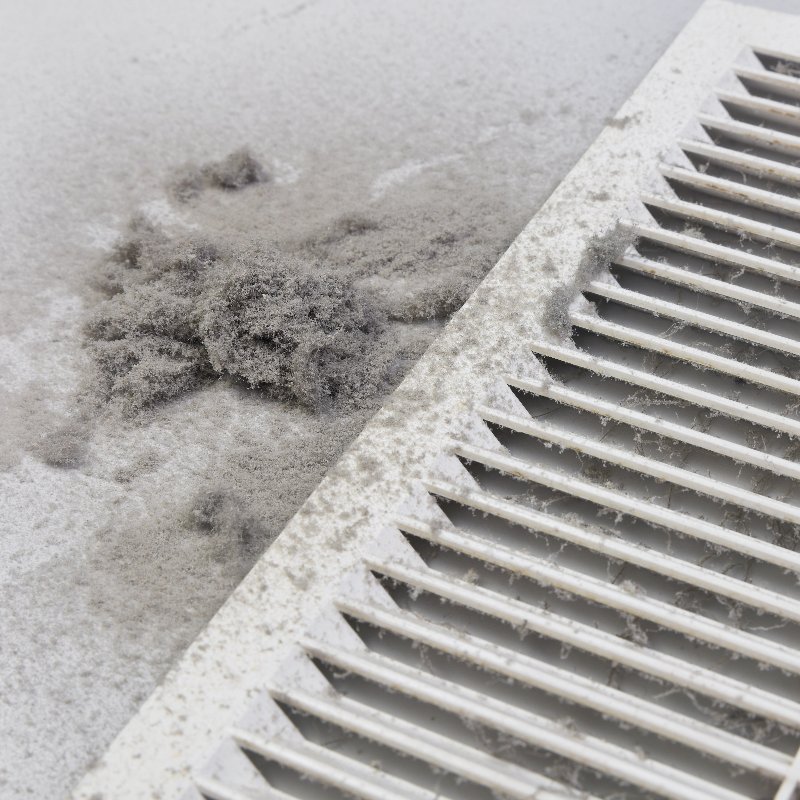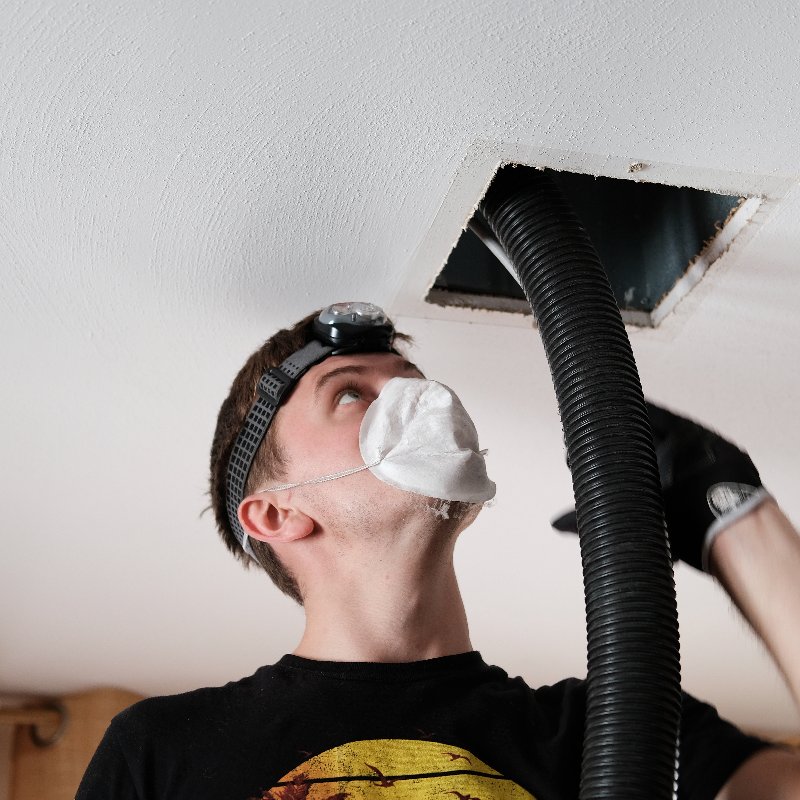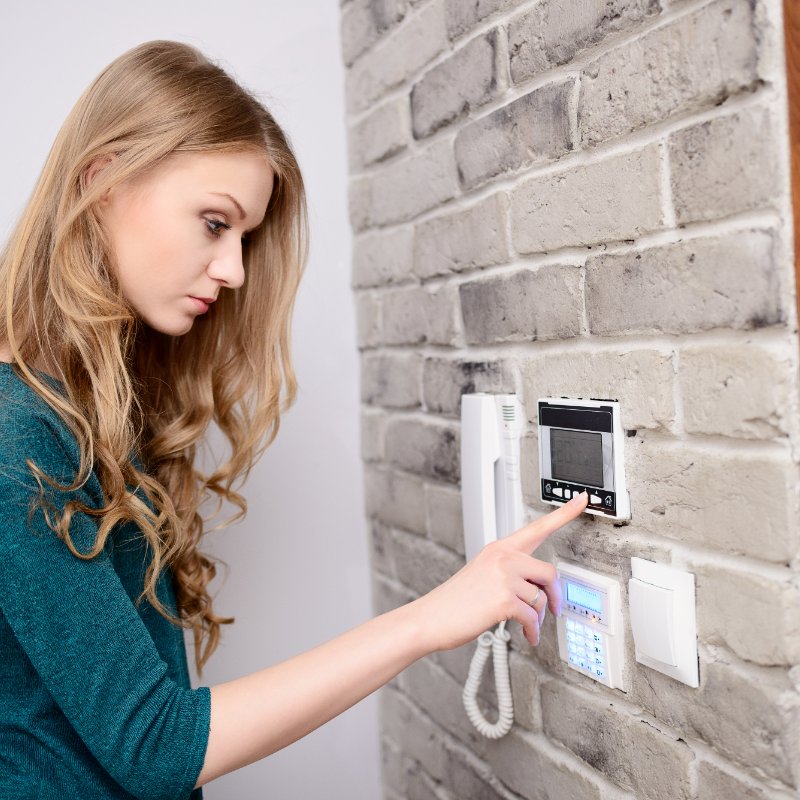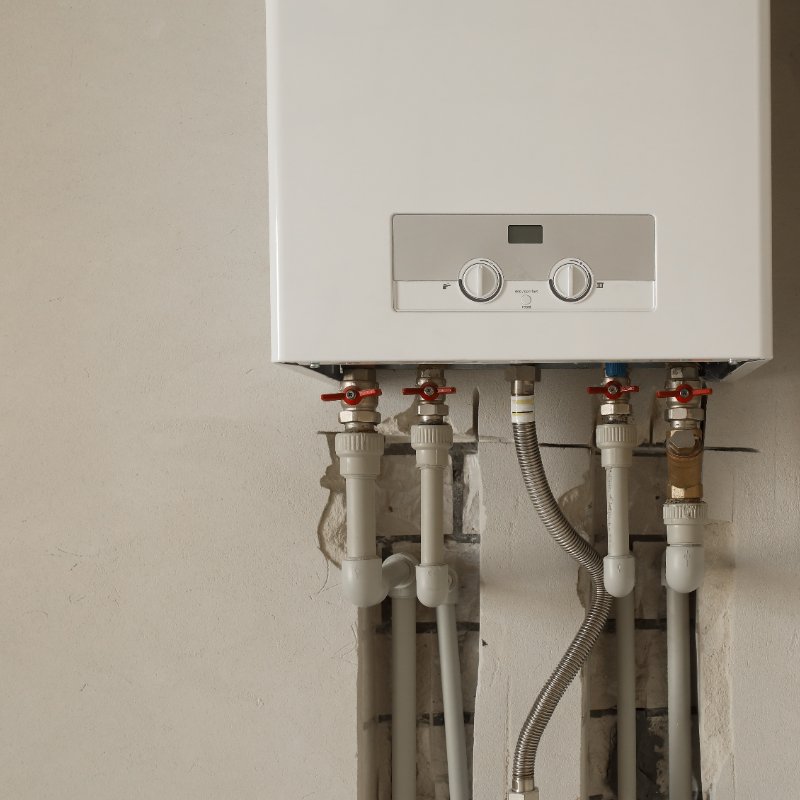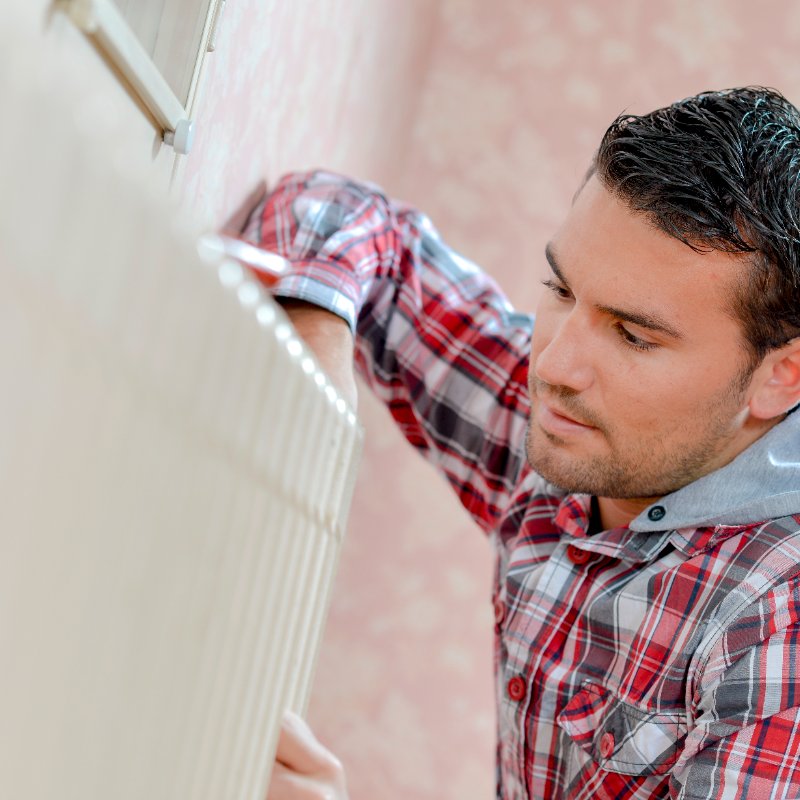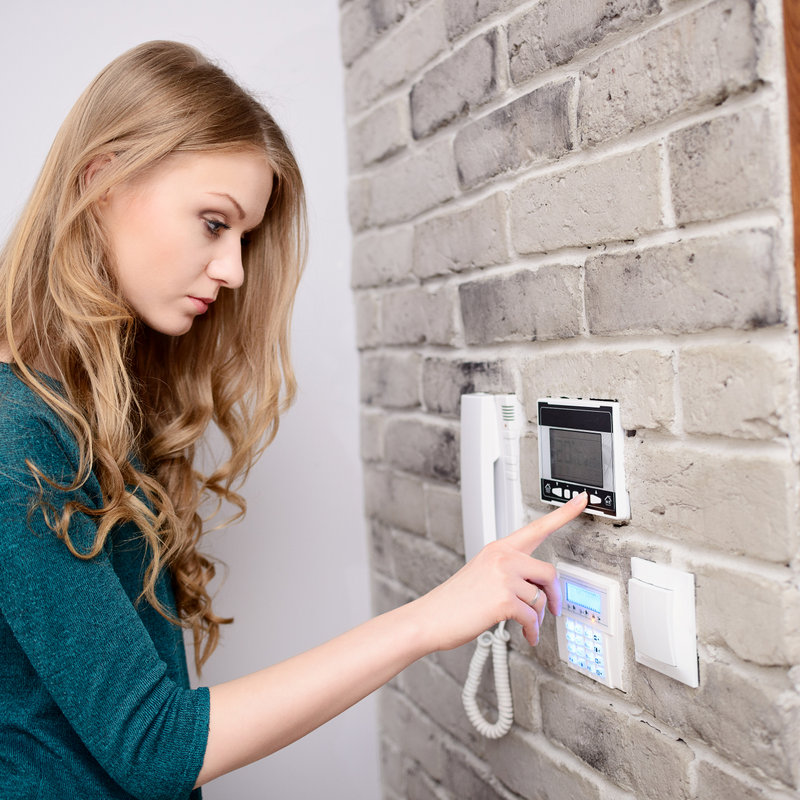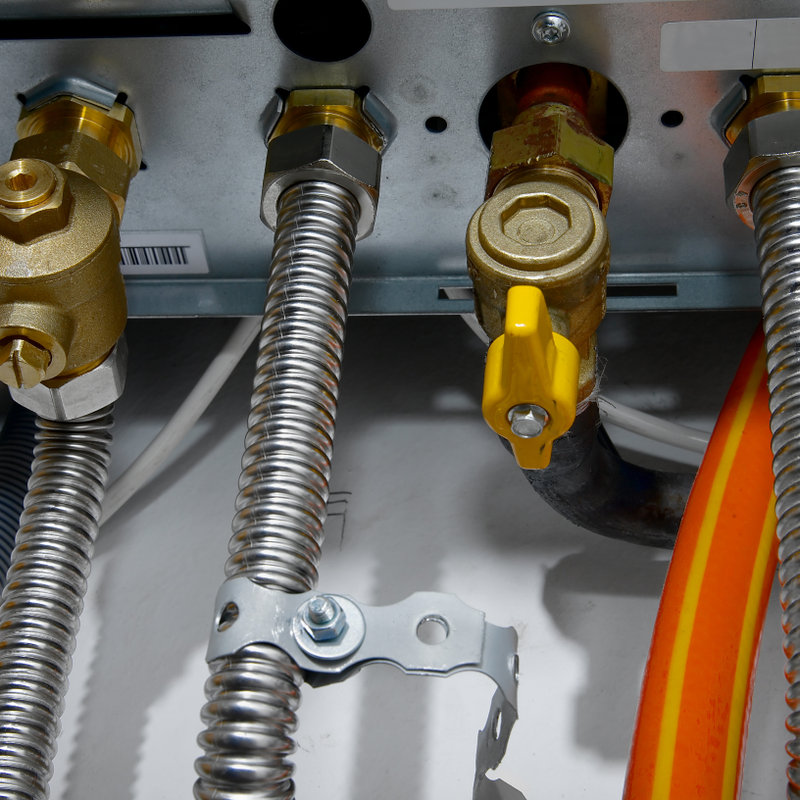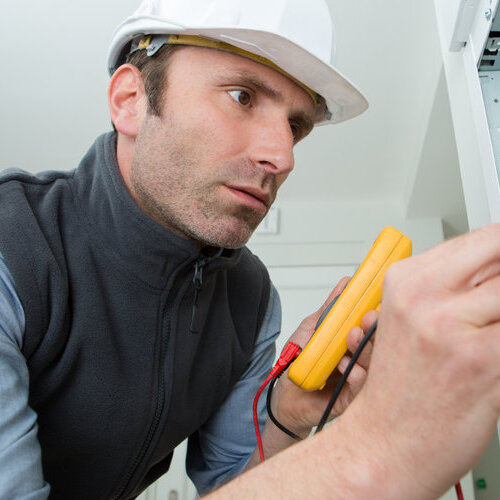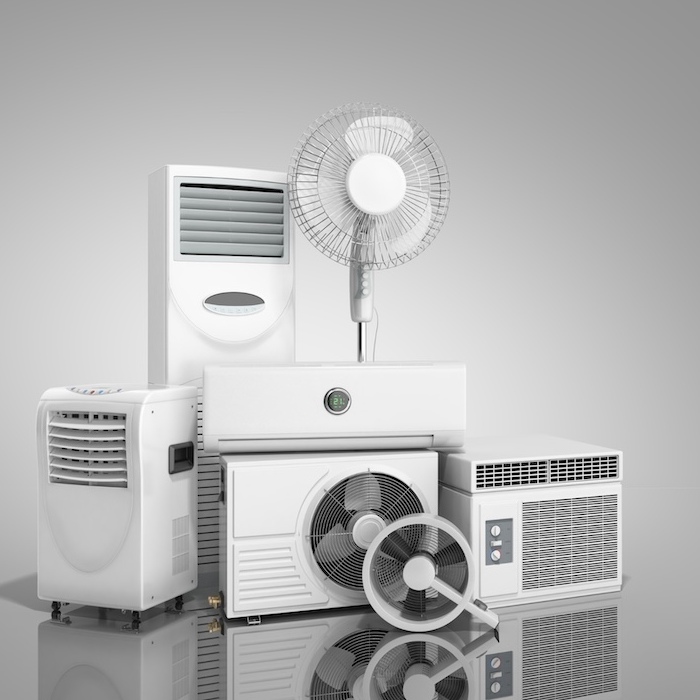
What Parts Need to Be Replaced in an AC Unit?
Is your AC unit struggling to keep up with the summer heat? While regular maintenance can extend the life of your air conditioner, certain parts will inevitably wear out over time. Understanding which components might need replacing can help you stay cool and comfortable while avoiding costly surprises.
Common AC Replacement Parts
Air Filters: The unsung hero of your AC system, the air filter traps dust, pollen, and other contaminants. A clogged filter restricts airflow, reducing efficiency and putting strain on the system.
- Signs of a problem: Weak airflow, unusual noises, increased energy bills.
- Solution: Regular filter replacement is essential. Check your filter every month and replace it as needed.
Compressor: The heart of your AC unit, the compressor circulates refrigerant. When it fails, your AC stops cooling altogether.
- Signs of a problem: Unit doesn’t turn on, strange noises, overheating.
- Solution: Compressor replacement is a major expense, often indicating the end of your AC’s life.
Condenser Coils: Located outside, condenser coils exchange heat with the outdoor air. Over time, they can become dirty or damaged, reducing efficiency.
- Signs of a problem: Reduced cooling, increased energy consumption, frozen evaporator coils.
- Solution: Regular cleaning and inspection can extend the life of your condenser coils. In severe cases, replacement may be necessary.
Evaporator Coils: Inside the unit, evaporator coils absorb heat from indoor air. Like condenser coils, they can become dirty or damaged, affecting performance.
- Signs of a problem: Frozen evaporator coils, poor cooling, unusual noises.
- Solution: Regular maintenance and cleaning can prevent issues. If damaged, replacement may be required.
Blower Motor: The blower motor circulates air through the system. If it fails, your AC won’t blow cold air.
- Signs of a problem: No airflow, unusual noises, burning smell.
- Solution: Blower motor replacement is often necessary when the motor fails.
When to Call a Professional
If you suspect any of these parts are failing, it’s essential to call a qualified HVAC technician for diagnosis and repair. Ignoring issues can lead to more significant problems and higher costs.
Regular maintenance and timely repairs can help extend the life of your AC unit and ensure optimal performance.
What Happens When You Call for AC Part Replacement
Once you realize your AC unit needs a replacement part, contacting a professional HVAC technician is crucial. Here’s a general overview of what to expect:
- Initial Contact: When you call the HVAC company, a knowledgeable representative will gather information about your AC unit, the issue you’re experiencing, and your contact details.
- Scheduling an Appointment: The company will schedule a convenient time for a technician to visit your home and diagnose the problem.
- On-Site Diagnosis: The technician will inspect your AC unit to identify the faulty part and assess the extent of the damage. They will also provide a detailed estimate for the replacement part and labor costs.
- Part Ordering and Installation: If you approve the estimate, the company will order the necessary replacement part. Once it arrives, the technician will schedule a time to install it.
- Testing and Completion: After installing the new part, the technician will test the AC unit to ensure it’s functioning correctly. They will also clean up the work area and provide any necessary instructions for ongoing care.
Call us today at (410) 921-1277 for fast and effective air conditioner parts replacement in Severn and Baltimore, MD!

